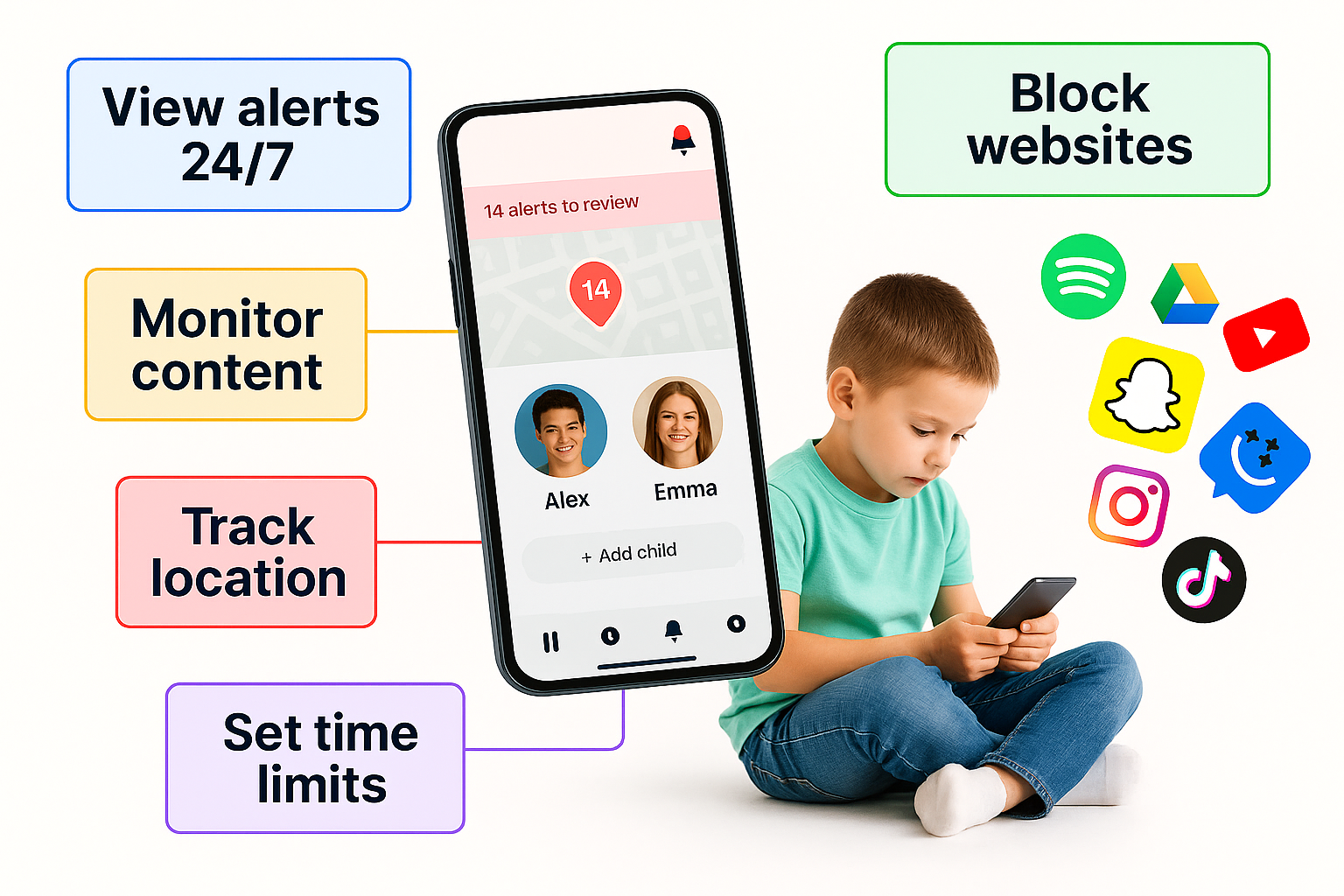📲 Children, Smartphone Use & Quality of Life: What the Latest Study Reveals
Why This Study Matters
Smartphones are everywhere, and kids are adopting them earlier than ever. But are these devices improving or harming well-being? A groundbreaking study from Germany followed more than 1,100 children and teens between 2018 and 2024, tracking both how long they used their phones and signs of problematic use—like compulsive checking or difficulty cutting back. Researchers then compared these behaviors to overall quality of life measures.
The results give parents and educators new insights into how digital habits shape happiness, health, and development.
📈 Rising Use, Declining Well-Being
The study identified a clear trend:
- Since 2018, both problematic smartphone use (PSU) and heavy usage (3+ hours per day) increased sharply, especially after 2021.
- At the same time, reported quality of life scores went down.
- These shifts were more pronounced among girls and younger children.
In other words, as phones became a bigger part of daily life, kids were less likely to describe themselves as happy, calm, or satisfied.
🧠 The Connection Between Phones and Mental Health
Researchers found strong links between smartphone behavior and well-being:
- Higher PSU scores were consistently tied to lower quality of life.
- Spending 3+ hours per day on phones was associated with increased emotional difficulties.
- The effect was stronger in girls, who often rely more heavily on social media for communication.
While the study doesn’t prove that phones cause unhappiness, it highlights how problematic use and overexposure can magnify stress, anxiety, and emotional struggles.
👧 Age and Gender Differences
Not all children were affected equally:
- Younger children showed the steepest rise in PSU symptoms.
- Among 11-year-olds, PSU scores actually dropped in 2023–2024, suggesting some may adapt as they learn self-control.
- Girls experienced sharper declines in life satisfaction compared to boys with the same usage levels. This may reflect differences in how phones are used—social networking versus gaming or utilities.
The takeaway: context matters. What kids do on phones is as important as how long they spend.
✅ What Parents Should Know
This study highlights several lessons for families:
- Time caps help: keeping screen time under 3 hours per day is associated with better life satisfaction.
- Girls and younger kids may be more at risk: targeted guidance and healthier boundaries are especially important for these groups.
- Balance beats restriction: it’s not just about limiting access, but about encouraging healthier, more intentional phone habits.
🧩 Strengths and Limits of the Study
- Strengths:
- A six-year timeline, including pre- and post-COVID data.
- Large cohort with repeated measures, showing real trends over time.
- Dual focus on both use duration and problematic behaviors.
- Limits:
- Self-reported usage can be inaccurate.
- Data collection methods shifted slightly in 2021.
- Findings show correlation, not strict causation.
Even with these limits, the research paints a consistent picture of how smartphones influence children’s well-being.
The latest research shows that smartphones themselves aren’t automatically harmful — it’s the way kids interact with them that shapes outcomes. Too much unstructured screen time can drag down confidence and well-being, but thoughtful use and strong parental support can make a real difference.
For families, the solution isn’t cutting technology out completely — it’s finding the right balance. Many parents today are looking at alternatives such as a no-internet phone for kids, a screen-time controlled device for teens, or a simple GPS phone for school children. These tools help children stay connected while avoiding the biggest digital pitfalls.
Ultimately, the healthiest first step may not be the newest or flashiest gadget, but a reliable child communication phone that emphasizes safety, responsibility, and peace of mind for parents.

